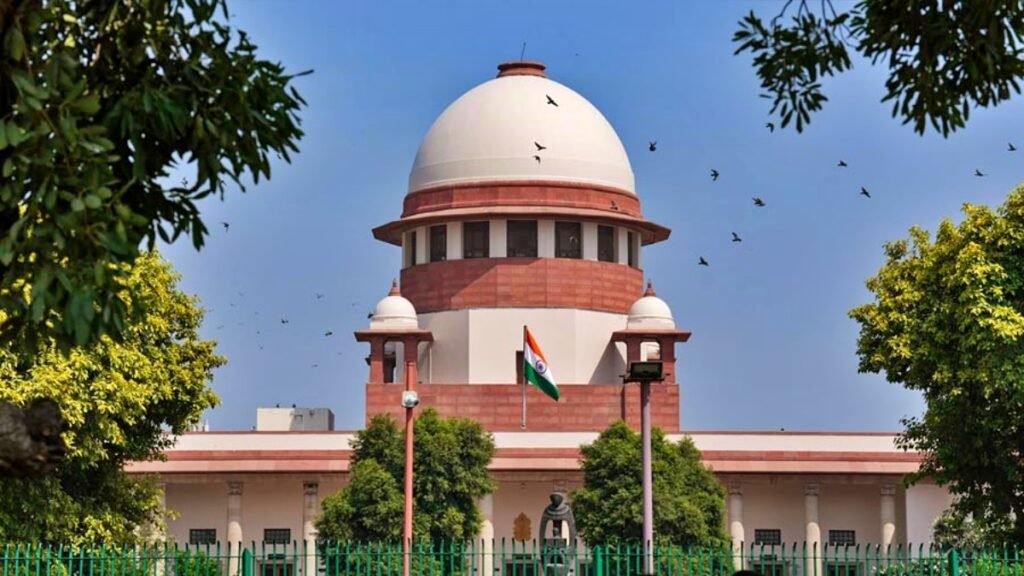
New Delhi: The Supreme Court of India, on a significant Wednesday, clarified its position as a non-controlling entity in the electoral process, emphasizing that it cannot prescribe operational mandates to the Election Commission of India (ECI), a body established by the Constitution. This declaration was part of the apex court’s proceedings while considering petitions that called for a comprehensive cross-verification of Electronic Voting Machine (EVM) data with Voter-Verifiable Paper Audit Trail (VVPAT) slips. The court has currently deferred its verdict.
In a detailed session, the Supreme Court posed several inquiries to the ECI concerning the mechanics of EVMs and VVPAT systems. Deputy Election Commissioner Nilesh Kumar Vyas was present to elucidate on the court’s queries.
Addressing the court’s questions about the micro-controllers used in the voting machines, Deputy Commissioner Vyas explained that each unit—comprising the Control Unit (CU), Balloting Unit (BU), and VVPAT—houses a distinct micro-controller. These devices are programmed only once and are not physically accessible, ensuring the integrity of the voting process.
The court also engaged with Advocate Prashant Bhushan, representing the petitioner Association for Democratic Reforms, underscoring that it is not within its purview to alter individual belief systems.
Earlier, the bench, which includes Justices Sanjiv Khanna and Dipankar Datta, sought clarifications on technical aspects such as the placement and programmability of micro-controllers, the availability of Symbol Loading Units, and the duration for which election data is stored. These questions arose from a need to reconcile the storage period with the statutory limitation period for election petitions as per the Representation of the People Act.
The bench also inquired about the sealing procedures for the Control Unit and VVPAT, highlighting the necessity for voter confidence and trust in the electoral mechanism. The court advised against doubting the reliability of EVMs and encouraged recognition of the ECI’s commendable efforts.
The NGO Association for Democratic Reforms, a petitioner in the case, has challenged the ECI’s decision to replace the transparent glass on VVPAT machines with an opaque variant, limiting the visibility of the paper slip to moments when the light is activated.
Throughout the two-day hearing, the bench engaged extensively with senior Deputy Election Commissioner Nitesh Kumar Vyas to gain a comprehensive understanding of EVM operations. Senior advocate Maninder Singh, representing the ECI, asserted that EVMs, being standalone devices, are impervious to tampering, though he acknowledged the potential for human error.

The Supreme Court’s stance on the matter is pivotal, as it reinforces the separation of powers and the independent functioning of constitutional authorities in India’s democratic framework. The court’s decision, once delivered, will be instrumental in shaping the future of electoral transparency and public trust in the voting process.















































